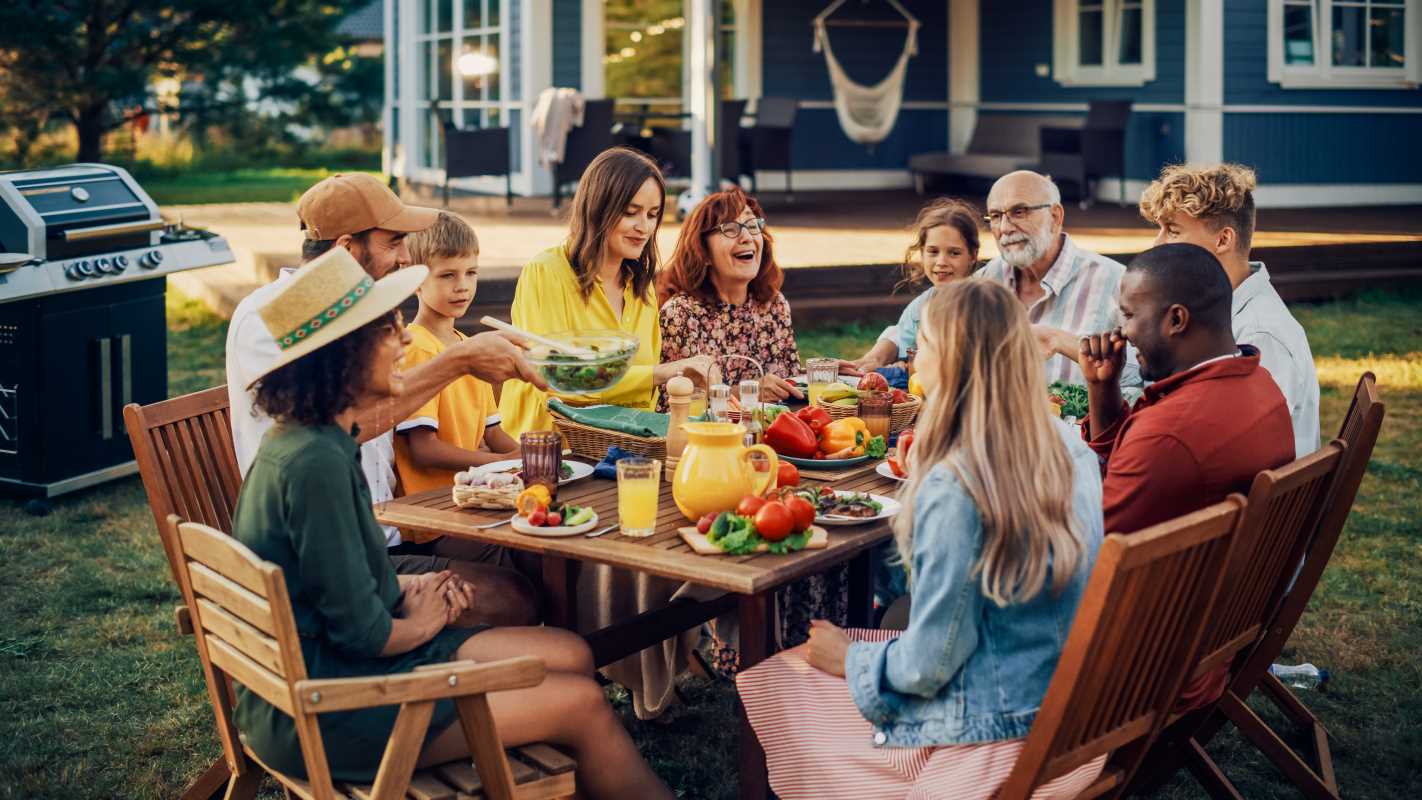The holiday season often brings with it a beautiful collection of memories and long-standing traditions. For many, these rituals are the heart of the celebration, connecting us to our past and creating a sense of belonging. But what happens when families change and grow? For blended families, this time of year can present a unique opportunity to create brand new traditions that honor everyone's background while forging a new, shared identity. It’s a chance to weave together the old and the new into a beautiful tapestry that is uniquely yours.
Why Starting New Traditions Matters
When two families come together, they bring their own distinct histories and holiday customs. Sometimes, trying to replicate old traditions exactly as they were can lead to feelings of comparison, exclusion, or pressure. One family might feel like their way of doing things is being overshadowed, while another might feel like an outsider in an established celebration.
This is where the magic of creating new traditions comes in. It puts everyone on equal footing. Instead of trying to fit into a pre-existing mold, you’re all building something together from the ground up. This collaborative process can be incredibly bonding. It sends a powerful message: we are a new family, and we are creating our own special ways to celebrate. It’s about respect, inclusion, and the joy of making fresh memories together.
Ideas for Your Family’s New Traditions
The best traditions are the ones that feel authentic to your family. They don't have to be elaborate or expensive. Often, the simplest rituals hold the most meaning. Here are some ideas to inspire your blended family to start your own unique holiday customs this year.
1. The "Holiday Kick-Off" Event
Instead of jumping straight into the big holiday, create a special event that marks the beginning of the season for your family. This can be a low-pressure activity that everyone can look forward to.
- Tree or Decoration Hunt: Make a day of picking out a Christmas tree or new holiday decorations for the house. Go to a tree farm and let everyone have a say in choosing the perfect one. If you don't celebrate Christmas, you could have a "winter decorating day" where you pick out lights, wreaths, or other festive items to brighten up your home.
- A Special Meal: Designate the first weekend of December for a specific meal. It could be a festive brunch with pancakes and hot cocoa, a chili cook-off, or a pizza-making night. The food is secondary to the act of coming together to officially start the season.
- Holiday Movie Marathon: Let each family member pick one holiday-themed movie. Make a big batch of popcorn, get cozy with blankets, and spend a day watching everyone’s favorite films. This is an easy way to share something you love with your new family members.
2. The "Rotating" Tradition
In a blended family, it can be hard to decide whose traditions to follow. Why not do them all? The "rotating" tradition allows you to honor both families' histories without conflict.
- Alternating Dinners: Maybe one family always had a big ham for the holiday meal, and the other always had turkey. You can alternate each year. This year, it’s ham; next year, it’s turkey. This simple act acknowledges and validates both backgrounds.
- Cultural Celebrations: If the parents come from different cultural or religious backgrounds, you can choose to celebrate key aspects of each. This is a wonderful way to teach children about diversity and respect for different beliefs. One night might be dedicated to Hanukkah traditions, while another day focuses on Christmas Eve festivities.
3. A Tradition of Giving Back
Focusing on others can be a powerful way to unite a family. When you work together for a common cause, it fosters teamwork and empathy.
- Volunteer Together: Find a local charity, soup kitchen, or animal shelter that needs volunteers during the holiday season. Spending a few hours sorting donations or helping serve a meal can be a humbling and bonding experience.
- Adopt a Family: Many organizations have programs where you can "adopt" a family in need and provide them with gifts or a holiday meal. Get the whole family involved in shopping for and wrapping the presents. This teaches valuable lessons about gratitude and generosity.
- The "Reverse" Advent Calendar: Instead of getting a small treat each day, use a box and add one non-perishable food item or toiletry to it every day in December. At the end of the month, donate the full box to a local food bank.
4. Creative and Personalized Traditions
These traditions are all about putting your family’s unique stamp on the holidays.
- The Family Ornament: Each year, buy or create a special ornament that represents a significant memory from the past year. It could be a tiny surfboard to remember a beach vacation, a small book for a child who learned to read, or a key for moving into a new home together. As you decorate the tree, you can reminisce about each ornament and the story behind it.
- A "Year in Review" Jar: Throughout the year, have family members write down good memories, funny moments, or accomplishments on small slips of paper and put them in a jar. On New Year's Eve or another holiday gathering, sit down together and read them aloud. It's a beautiful way to reflect on your journey as a family.
- Holiday Game Night: Dedicate one night during the holiday break to an epic game night. Bring out the board games, card games, or even video games. Create silly trophies for the winners and make it a friendly competition. Laughter is one of the best ways to connect.
Navigating Challenges and Making It Work
Creating new traditions is a wonderful goal, but it’s important to be realistic and patient. Blending families is a process, and the holidays can sometimes amplify emotions.
- Communicate Openly: Talk with your partner and the children about what they’d like to do. Ask questions like, "What was your favorite part of the holidays before?" and "Is there anything you'd be excited to try this year?" Acknowledge that it's okay to miss old traditions while being excited about new ones.
- Start Small: Don't try to implement ten new traditions in the first year. You'll all end up feeling overwhelmed. Pick one or two that feel manageable and exciting. You can always add more in the years to come.
- Be Flexible: A tradition doesn't have to be set in stone. Maybe you try something one year, and it doesn't quite work. That’s okay! The point is to spend quality time together. Don’t be afraid to tweak, adjust, or even abandon a tradition that isn’t bringing your family joy.
Ultimately, the purpose of a holiday tradition is to create a sense of warmth, stability, and shared joy. For blended families, it’s an incredible chance to write your own story, one filled with love, laughter, and rituals that belong to all of you. By intentionally building these new customs, you are laying the foundation for a strong, connected family for many holidays to come.







